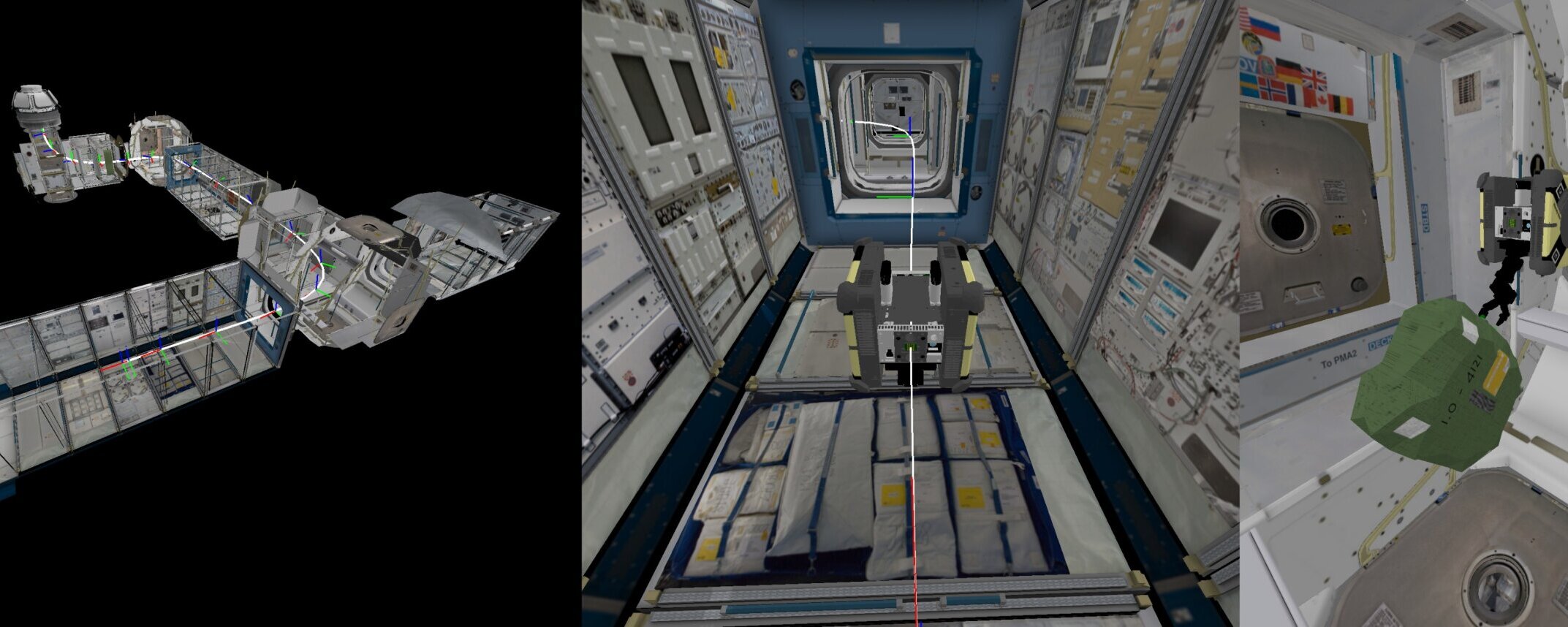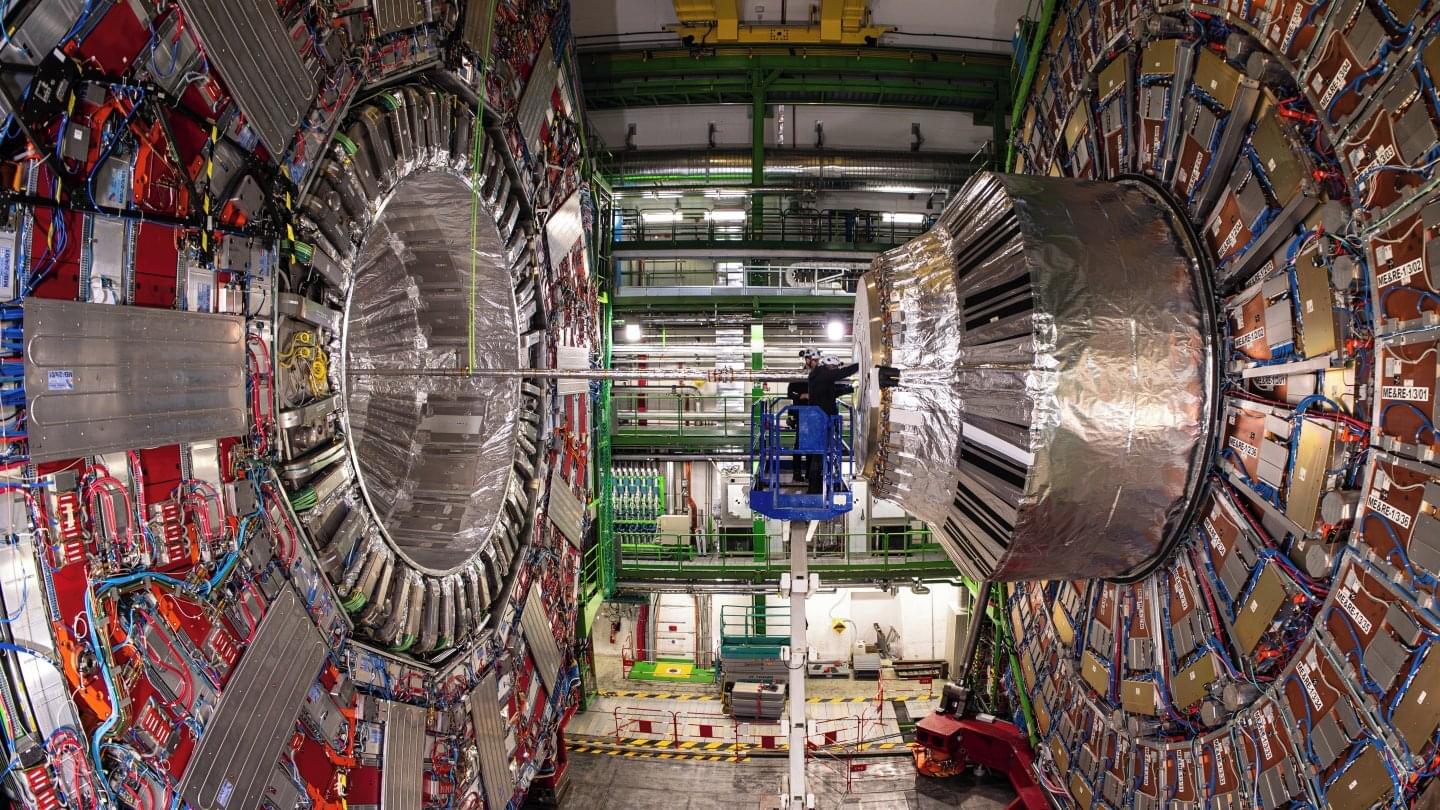The Aurora vehicle will still be responsible for all driving operations, but a driver will be present in the vehicle as a backup.



Astrobee is a free-flying robotic system developed by NASA that is made up of three distinct cube-shaped robots. This system was originally designed to help astronauts who are working at the International Space Station (ISS) by automating some of their routine manual tasks.
While Astrobee could be highly valuable for astronauts, boosting the efficiency with which they complete day-to-day operations, its object manipulation capabilities are not yet optimal. Specifically, past experiments suggest that the robot struggles when handling deformable items, including cargo bags that resemble some of those that it might be tasked to pick up on the ISS.
Researchers at Stanford University, University of Cambridge and NASA Ames recently developed Pyastrobee, a simulation environment and control stack to train Astrobee in Python, with a particular emphasis on the manipulation and transport of cargo.

The Higgs boson, discovered at the Large Hadron Collider (LHC) in 2012, plays a central role in the Standard Model of particle physics, endowing elementary particles such as quarks with mass through its interactions. The Higgs boson’s interaction with the heaviest “third-generation” quarks—top and bottom quarks—has been observed and found to be in line with the Standard Model.
But probing its interactions with lighter “second-generation” quarks, such as the charm quark, and the lightest “first-generation” quarks—the up and down quarks that make up the building blocks of atomic nuclei—remains a formidable challenge, leaving unanswered the question of whether or not the Higgs boson is responsible for generating the masses of the quarks that make up ordinary matter.
Researchers study the Higgs boson’s interactions by looking at how the particle decays into—or is produced with—other particles in high-energy proton–proton collisions at the LHC.


Can AI speed up aspects of the scientific process? Microsoft appears to think so.
At the company’s Build 2025 conference on Monday, Microsoft announced Microsoft Discovery, a platform that taps agentic AI to “transform the [scientific] discovery process,” according to a press release provided to TechCrunch. Microsoft Discovery is “extensible,” Microsoft says, and can handle certain science-related workloads “end-to-end.”
“Microsoft Discovery is an enterprise agentic platform that helps accelerate research and discovery by transforming the entire discovery process with agentic AI — from scientific knowledge reasoning to hypothesis formulation, candidate generation, and simulation and analysis,” explains Microsoft in its release. “The platform enables scientists and researchers to collaborate with a team of specialized AI agents to help drive scientific outcomes with speed, scale, and accuracy using the latest innovations in AI and supercomputing.”

Using global land use and carbon storage data from the past 175 years, researchers at The University of Texas at Austin and Cognizant AI Labs have trained an artificial intelligence system to develop optimal environmental policy solutions that can advance global sustainability initiatives of the United Nations.
The AI tool effectively balances various complex trade-offs to recommend ways of maximizing carbon storage, minimizing economic disruptions and helping improve the environment and people’s everyday lives, according to a paper published today in the journal Environmental Data Science.
The project is among the first applications of the UN-backed Project Resilience, a team of scientists and experts working to tackle global decision-augmentation problems—including ambitious sustainable development goals this decade—through part of a broader effort called AI for Good.

Earlier this month, Aurora Innovation kicked off driverless truck operations in Texas, starting off with a freight route between Dallas and Houston for commercial customers. The SAE Level 4 trucks, operating without a safety driver in the cab, have been making the 250-mile route that has been the focus of quite a bit of testing by several autonomous truck developers, many of which have been getting driverless truck infrastructure ready.
Getting to this point took years of research and plenty of on-road testing, in environments open and closed to regular traffic, with Aurora Innovation achieving a successful round of validation testing. In fact, years of supervised testing by Aurora has already seen 10,000 customer loads delivered by its prototypes, spanning some 3 million miles.



The GitHub Copilot assistant, which recently gained an agent mode feature to help it compete with Cursor and Windsurf, now has over 15 million users, four times more than a year earlier, Microsoft CEO Satya Nadella told analysts on a conference call earlier this month.
A free Copilot tier for individuals provides limited access.
The new coding agent won’t be free, though. It will be available to developers with Copilot Pro+ subscriptions and organizations that subscribe to the Copilot Enterprise service tier, GitHub said. It’s available in preview, meaning that GitHub will take early user feedback, the spokesperson said.